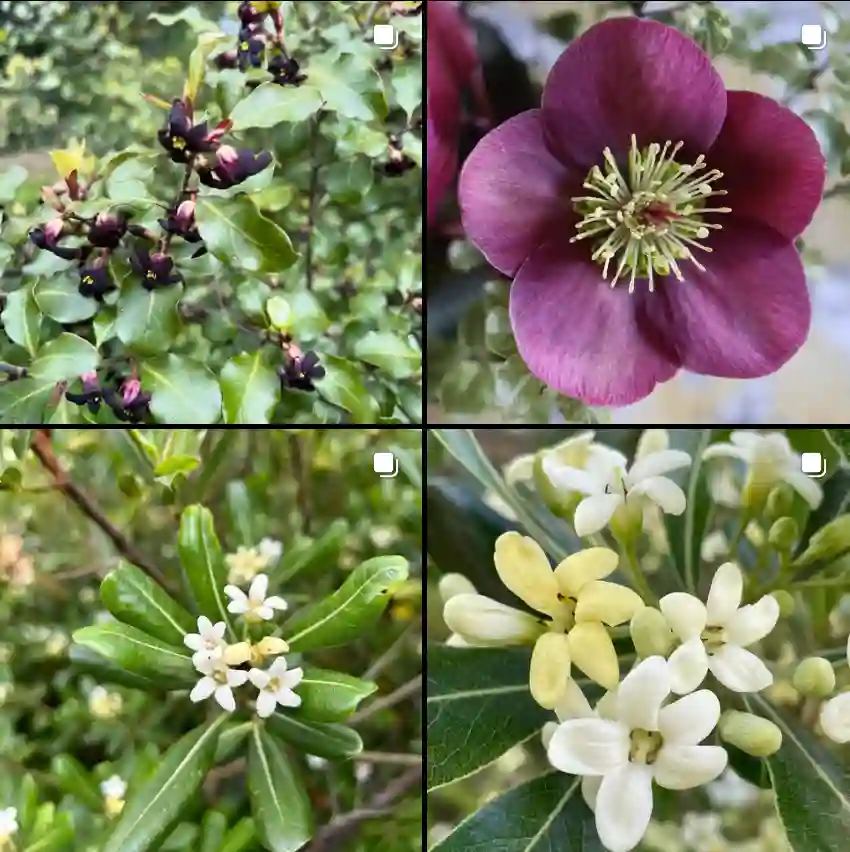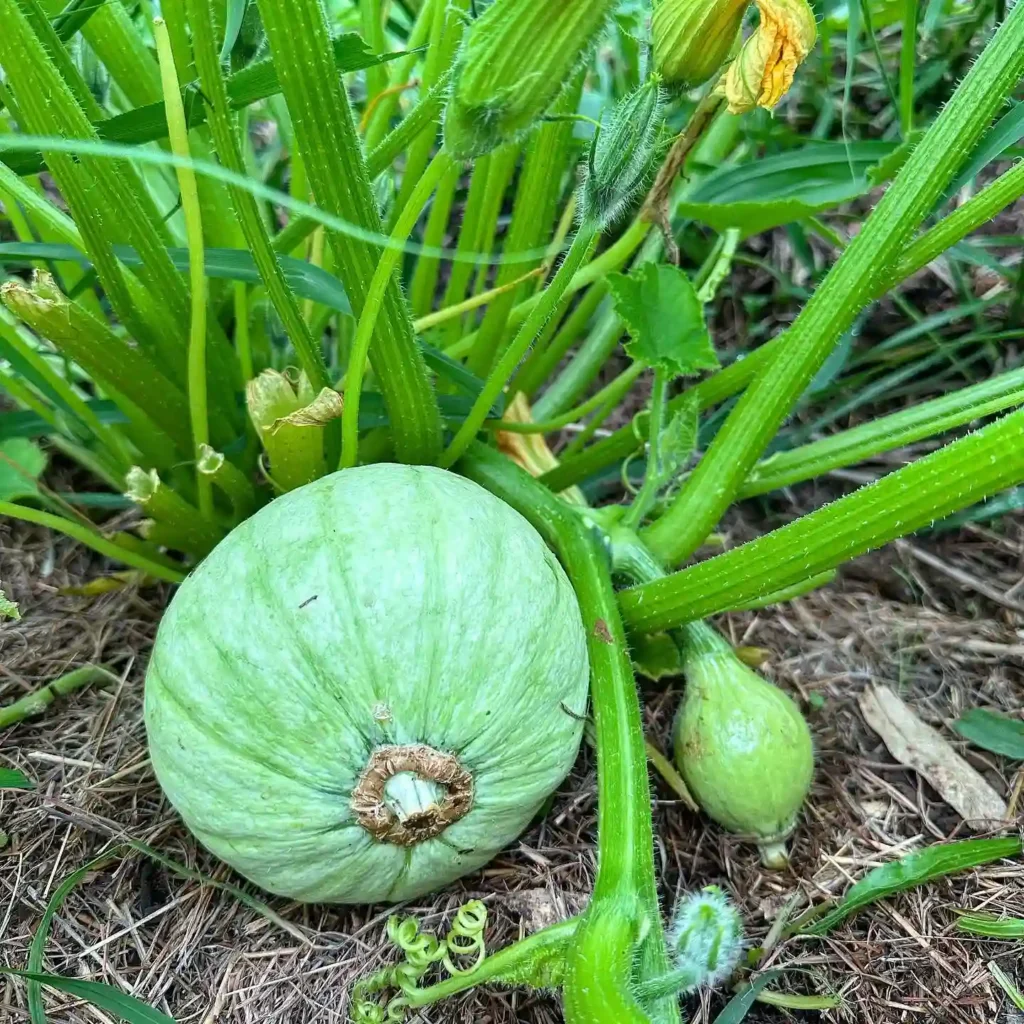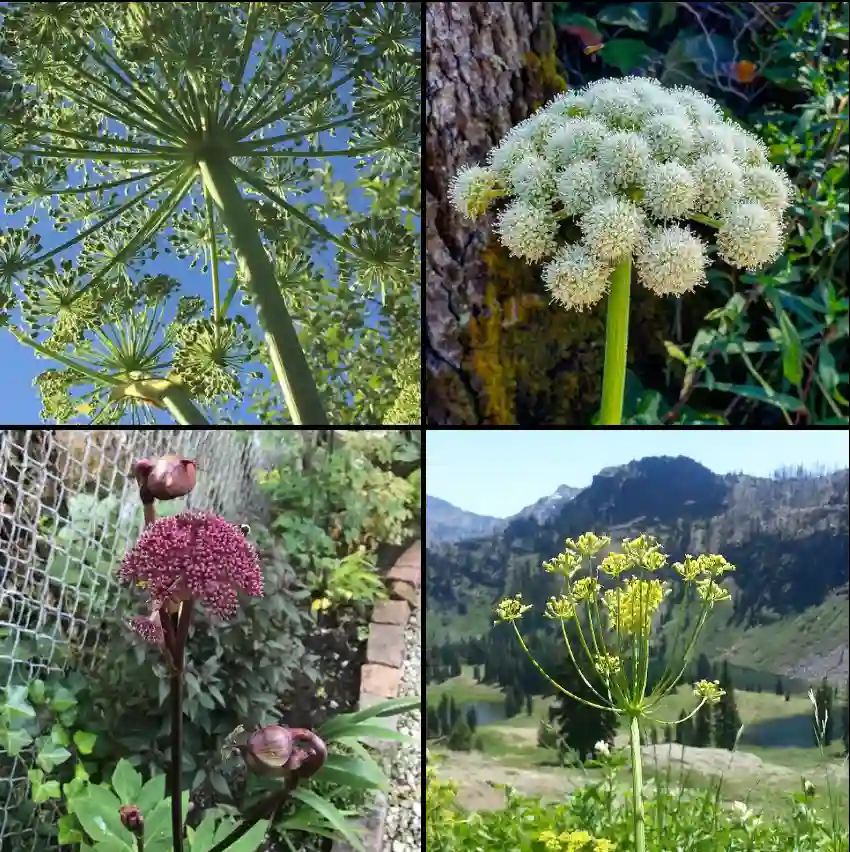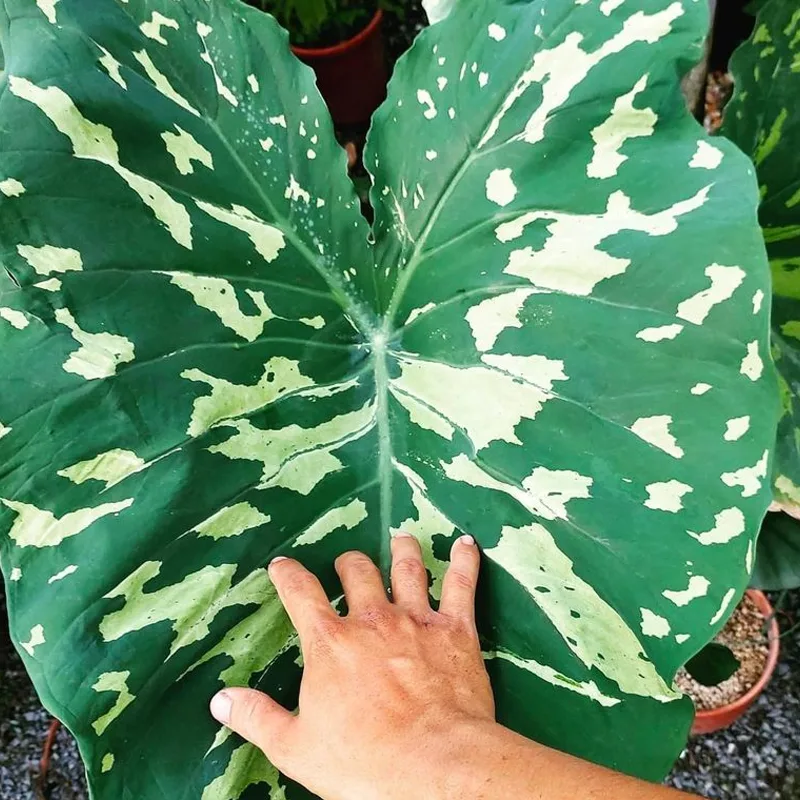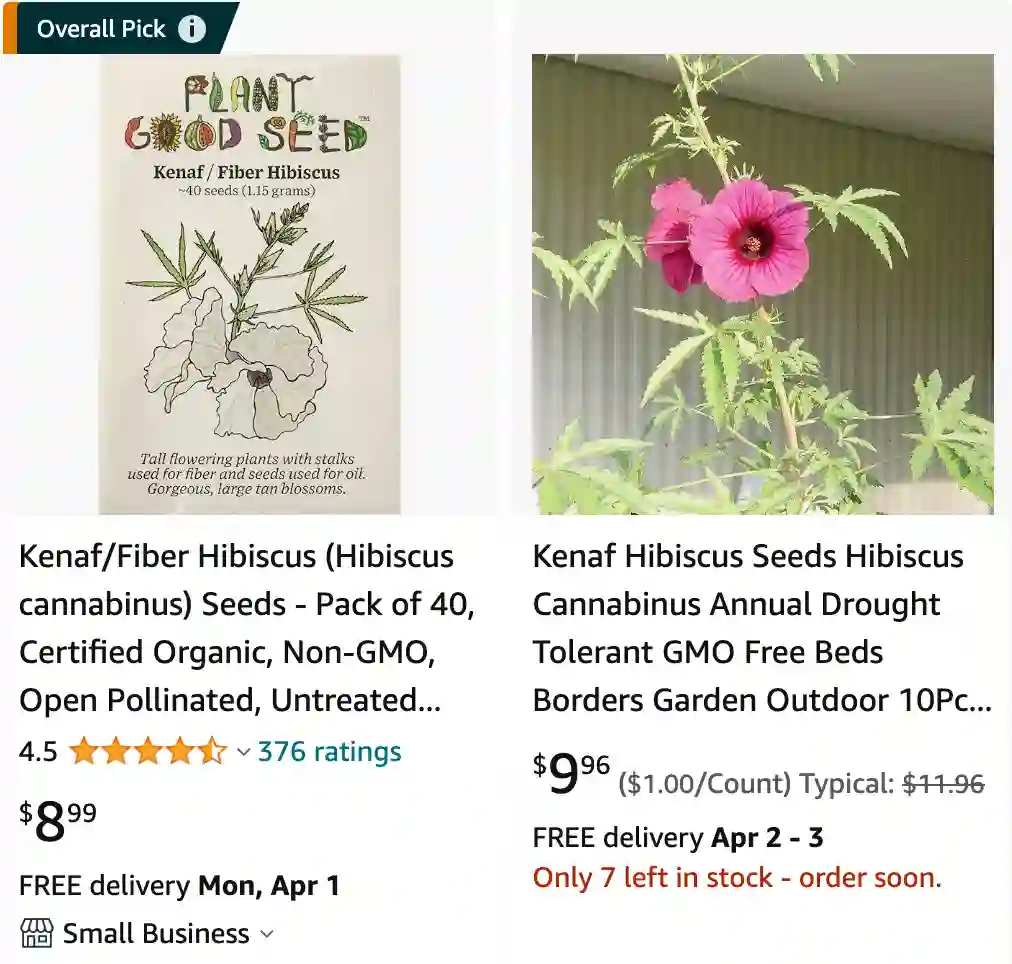
The Curious Case of Hibiscus cannabinus: Not Your Average Hibiscus
As someone who enjoys gardening and learning about different plants, I recently stumbled upon Hibiscus cannabinus. The name sparked my curiosity – hibiscus, the vibrantly flowering plant I knew well, paired with “cannabinus,” the scientific term associated with cannabis. Could this be a secret source of a legal high? Intrigued, I delved deeper to learn the truth.
439 Species in Genus Hibiscus
Is Hibiscus cannabinus weed?
Absolutely not. Despite the shared term “cannabinus,” Hibiscus cannabinus is entirely different from cannabis sativa, the plant that produces marijuana and hemp. They belong to separate families – Hibiscus cannabinus is part of the Malvaceae family, alongside okra and cotton, while cannabis sativa belongs to the Cannabaceae family.
Can you smoke Hibiscus cannabinus?
No. Hibiscus cannabinus does not contain any psychoactive compounds like THC (tetrahydrocannabinol), the psychoactive ingredient found in marijuana. Smoking it wouldn’t get you high, and in fact, could be harmful due to potential inhalation risks.
What region is Hibiscus cannabinus found in?
Hibiscus cannabinus is native to Africa, though the exact origin remains unclear. It thrives in tropical and subtropical climates and is now cultivated in many regions worldwide, including Asia, Latin America, and even parts of the southern United States.
So, what is Hibiscus cannabinus used for?
While not a source of psychoactive compounds, Hibiscus cannabinus is a valuable plant with a surprising range of uses:
- Fiber: The strong, fast-growing stalks of Hibiscus cannabinus are a source of high-quality fiber, often referred to as kenaf. This versatile fiber can be used to make rope, burlap, and even building materials like composite lumber.
- Pulp: The core of the stem can be pulped to create paper products, offering a more sustainable alternative to traditional wood pulp.
- Food source: The leaves of Hibiscus cannabinus are a good source of protein and can be consumed as a cooked green or used as animal feed. The seeds can also be pressed for oil.
- Phytoremediation: Hibiscus cannabinus shows promise in phytoremediation, the process of using plants to clean up contaminated soil. Studies suggest it can absorb heavy metals and other pollutants.
Beyond the Basics: Growing and Using Hibiscus cannabinus
If you’re interested in cultivating Hibiscus cannabinus, it’s important to consider your climate. This plant thrives in warm temperatures and needs plenty of sunshine. Seeds are readily available online and from some garden centers. Once established, Hibiscus cannabinus requires minimal care, making it a relatively low-maintenance addition to your garden.
For those interested in using the kenaf fiber, the process can be more involved. After harvesting the stalks, they undergo a process of drying, rettting (soaking to separate the fiber from the woody core), and finally, separation to extract the usable fibers.
While not a psychoactive wonder plant, Hibiscus cannabinus offers a fascinating example of a versatile and valuable crop. From its strong fibers to its potential environmental benefits, Hibiscus cannabinus is a plant with a promising future, far beyond its initial resemblance to its cannabis cousin.
If i die, water my plants!
